Effect of Geography on the Use of Ultrafiltration During Cardiac Surgery with Cardiopulmonary Bypass
This study explores geographic differences in ultrafiltration (UF) use during cardiopulmonary bypass in the US, analyzing data from 92,859 cardiac surgeries across four regions. Results reveal significant regional disparities in UF usage and volumes, with the Northeast and West employing UF more frequently than the Midwest and South. Variations were also noted in intraoperative urine output and red blood cell transfusion rates, prompting calls for further research into the causes of these differences.










